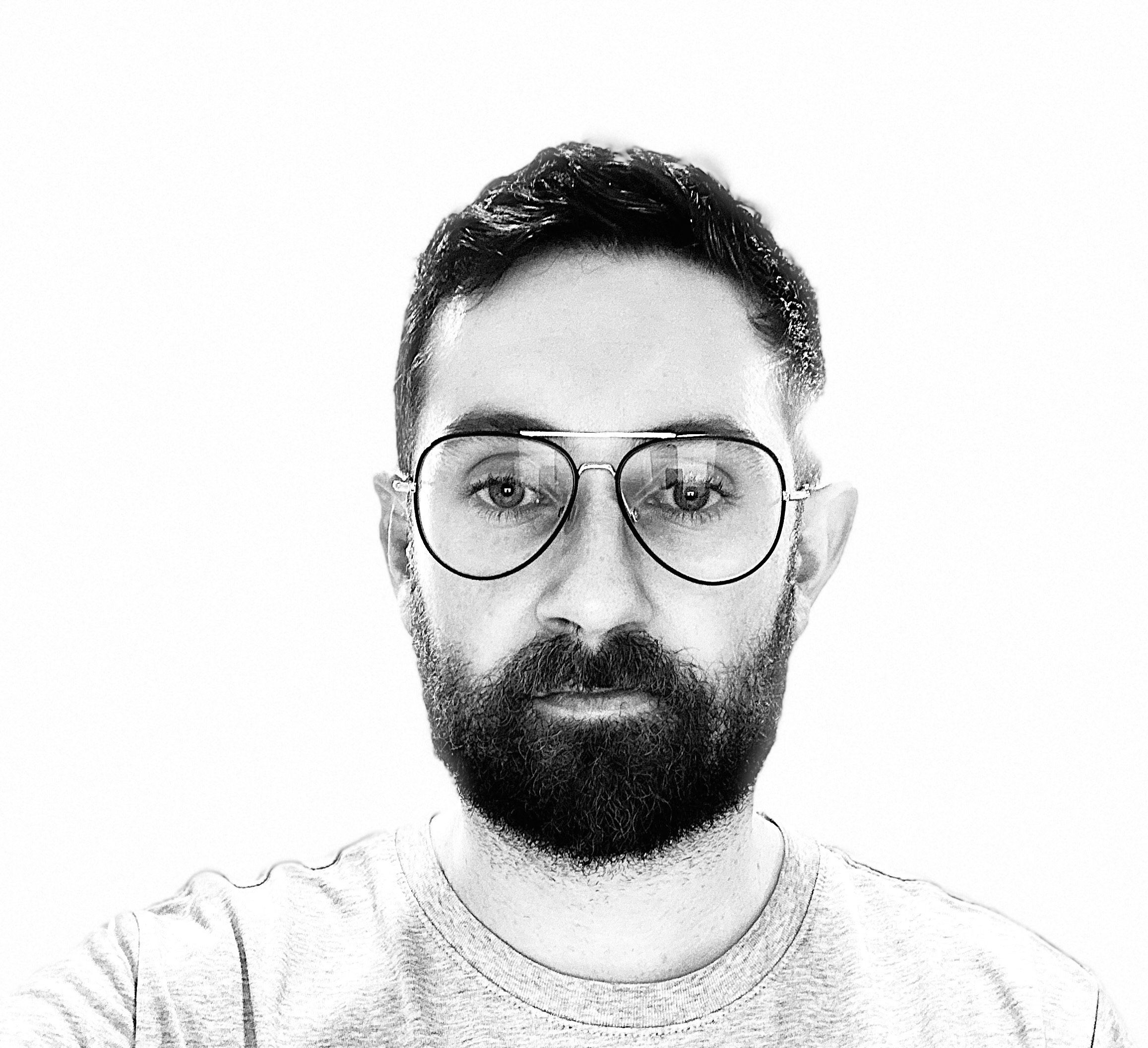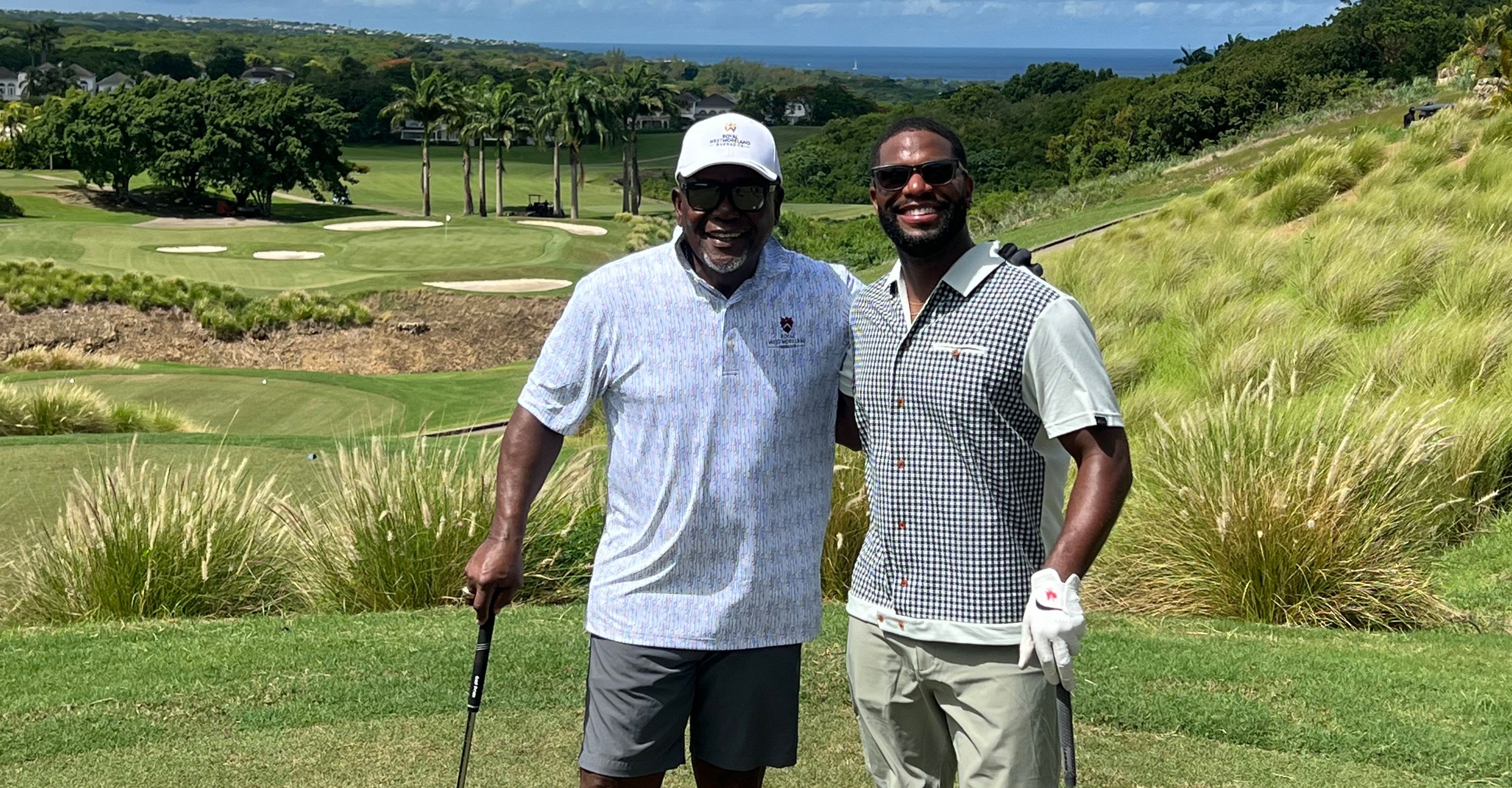
9 MIN READ
July 9, 2025
How Woodmont Country Club Prepared for the U.S. Adaptive Open
We caught up with Trillium Rose to learn more about hosting a USGA Championship event like the U.S. Adaptive Open
When the USGA committed to hosting both the 2025 and 2026 U.S. Adaptive Open at Woodmont Country Club in Rockville, Maryland, the club decided to make itself the perfect fit for the event. Architect Joel Weiman improved bunkering, making it more accessible for seated players, and the tee areas are exclusively planted with short grass to allow for tee markers to be placed anywhere. These changes were noticeable among each player I spoke with at the Open. The playability of the course was deeply meaningful for them.

Austin Kaseman
Trillium Rose, Director of Instruction at the club, noted that the versatility of the South Course should make it a blueprint for other courses undergoing renovations in the coming years. “We’re also hosting the Junior Am in 2028. It fits everyone. I think that's part of the magic. The players this week can tell the difference, but someone else might not notice what makes it adaptive,” she explained to Skratch.
Rose has been at the forefront of Woodmont’s connection to the tournament, arriving each morning at 6:00 AM to chat with players on the range to get to know them. If they ask about a swing though? She’s more than happy to help. But her main role this week has been as an ambassador for the Club, and as an advocate for the importance of adaptive changes easy to implement for all golf courses. She explained, “I think we are a perfect example of what every course could and should be when making these kinds of decisions under construction.” We sat down with Rose to get her thoughts on Woodmont’s relationship with the USGA, her unique path to repeat years on Golf Digest and Golf Magazine’s Top 100 Instructors in America lists (No. 36, thank you very much), and the inspiration she gets from the spectacular U.S. Adaptive Open.
U.S. Adaptive Open: Players to Watch | How to Watch The Final Round
What have your mornings been like during the tournament?
I’ve been helping out at the driving range, so I get here around 6. There are conversations to be had and I’ve gotten to know a handful of people. You build some rapport and walk and follow them on the course, see how they're doing. Since I'm an instructor too, it opens a door where I can be a resource. I wouldn't say there are golf lessons on the range or anything, but some players have asked for tips.
It must have been nice walking on the course, too. There’s such a huge difference between range practice and course practice, obviously.
It's true. The name of the tournament is the Adaptive Open, and golf in a nutshell is about adapting. It's adapting to different environments, but when you have to adapt your swing in the first place, there's so much more that goes into it.

Austin Kaseman
Were you familiar with the Adaptive Open before this year?
Yeah. It was fun to watch. Watching from afar you see how diverse this field is. It’s always been about the players. There are 96 people, 96 different stories. It's not about the golf course, it's about each of the players.
RELATED: Player's Journal: Brandon Canesi
All the players I’ve spoken with have told me about how much it means to play on a course that is made in part for adaptive players. Were you part of that redesign process?
Full honesty, not at all, but my boss David Dorn worked very closely with Joel Weiman, the architect who did the changes. We knew that we would be hosting the Adaptive Open, so there were some considerations about getting from the tee to the fairways. It doesn't look like it was made for someone who's in a seated cart or someone who's on crutches, but it was. At the same time, we’re also hosting the Junior Am in 2028. It fits everyone. I think that's part of the magic. The players this week can tell the difference, but someone else might not notice what makes it adaptive.

Austin Kaseman
Is that something you'd tell to a club that is hesitant to make these changes for whatever reason?
Oh yeah. I think we are a perfect example of what every course could and should be when making these kinds of decisions under construction. You look at our bunkers and there have been discussions about ramps going in. There are no actual ramps. We're just talking about a low lip with sand that you can easily roll or walk into.

Austin Kaseman
There's been some amazing history at this course. Rose Zhang won here in 2020. Where does this event fit into the modern history of the country club?
Every year we host the US qualifier. We get pros, plus there was a LIV event nearby this season, so it’s a good place to try to qualify if nearby. If you look in our pro shop, we've got plaques of every person that's qualified from here that's gone on to play in the Open. We've got some really cool course records and we've got the scorecards, so we've got some nice history from that.

Austin Kaseman
Where the Adaptive Open plays a role is in the ethos of this club. Since its inception, it has been rooted in philanthropy and rooted in doing good for others. It's part of the application process. It's the longest part. Not only what charities you're involved in, but your leadership role in them, how involved you are. You can write a check, but what are you actually doing? That is huge. When we knew we were going to get this tournament, it really felt like a perfect match. As someone with all their faculties, my mindset is that I'm grateful for what I have. Then you see someone who has many more challenges just when they wake up every day, and you think, ‘Wow, this person has overcome so much.’ That ties into this storyline. This is a National Championship. Of course people are here to play and compete and win, but right below that surface is, ‘look what I did to get here. I'm winning by being here.’

Austin Kaseman
All of us could learn a lot by watching the players in this tournament.
Celebrating successes and overcoming obstacles, looking at challenges as opportunities. Every single person has a story that's got some kind of challenge and they've said, ‘I'm going to make it work and I'm going to do it in a way that's positive and I can share it with other people too.’ There’s a lot of leadership here, which is amazing.
How long have you been at the club for?
Twelve years. Before that I was at the Chevy Chase Club and the Jim McLean Golf School in Miami.
Were you ever on tour?
No. Golf was my first sport. With junior golf, if I wanted to play, I had to play 18 hole medal play. I played in tournaments pretty young. There was no junior program. I got to high school, and there was no golf team. So I learned lacrosse, played lacrosse in college and played on the US All-Star lacrosse team at Pitzer outside Los Angeles. It dawned on me, ‘How am I going to find 22 women to play lacrosse?’ Since I went to school near LA because I wanted to be in the movie industry, I pursued that for a while. I wanted to be a producer and I was doing all the jobs for that line of work. I was a personal assistant to a director, I did pre-production, on-set production, and post-production. I worked for Warner Brothers and then moved to New York where I was working on the film unit for Saturday Night Live.
Then, my dad had a stroke. He was okay, but it was a pretty bad one. My friend had a wedding and I broke up with my boyfriend all at once. I went back home for the wedding and while I was there, I played golf. The head pro there who knew me said that his assistant left and asked if I would stay on for the rest of the summer instead of going right back to New York. My first reaction was, ‘I have no idea what a golf assistant means.’ But I took the job and that's how I got into it. I really liked it and I asked, ‘What do golf pros do in the winter?’ They go to Florida.
I forgot the job in New York, figuring I could always come back to that. I loved it.
Where was the first course you were the assistant pro at?
It was Sugar Bush Golf Club, a Robert Trent Jones course in Warren, Vermont.
Your situation in high school sounds similar to answers I got from adaptive golfers, who are doing this, pushing so hard, so that the next generation has more opportunities. You weren’t able to participate in those sort of junior tournaments and now you're a part of helping build this world.
I never saw a female pro and there were no programs. I didn't look at that as not getting what I deserved in any way. It just wasn’t available. I think of myself as a bit scrappy anyway, but you make do with the resources that you have and sometimes you get lucky. Sometimes people help you, but for the most part you look for the good and you look for the opportunities and you work into those.
What makes the course at Woodmont so good for tournament play?
Besides it being practically designed for everybody, of course, we're on a massive piece of property so we can really spread out. Everybody can find their place and nobody feels too cramped. Infrastructure wise, we are in a really good spot. The golf course itself tee to green works well. It's great to be able to see across fairways, you can see where other people are. It's fun to see shots land on a green when you're at a tee box, not feeling like you're about to get hit, but you have a good view of that. I think the routing's really interesting. Every hole has got some different challenges. It's not the same old, same old. There are definitely some elevation changes. This golf course has got it all. It's got all the challenges you might need. It’s got length, but it’s fair. It requires you to think your way through it.
Share this article
JOIN OUR NEWSLETTER
Get our top stories in your inbox, including the latest drops in style, the need-to-know news in pro golf, and the latest episodes of Skratch’s original series.

Skratch 2025 © All rights reserved







